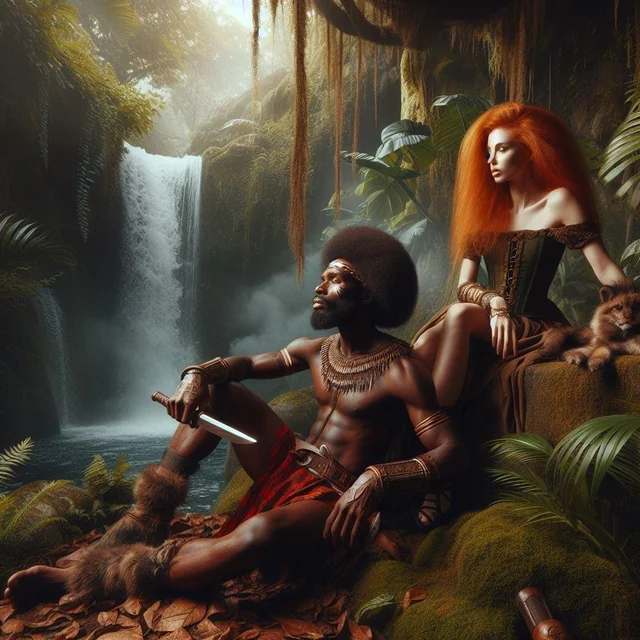WHITE
- blackcoralinc2021

- Aug 2, 2023
- 3 min read
Science Fiction filmmaker Sayeeda Clark Explores Future World Where Whites Are Unable to Go Outside Because of Climate Change! Meanwhile Bill Gates and President Biden discuss blocking out the sun and risking all life on the planet!

PBS produced a short film entitled “White” for its FUTURESTATES television series. It is like a fifteen some odd minute commercial for melanin envy. The premise says it all: some people have money, but need melanin. Other people have melanin, but need money. Why human melanin though? Since melanin exists in animal fur, fish scales, insects, microorganisms, the ink of cephalopods, and even human hair why is there an emphasis on removing melanin from human skin?
The Internet Movie Database lists over 200 titles involving slavery. Yet, at the same time, only five that involve melanin. The United States copyright office lists over 2,700 entries under the keyword slavery and over 5000 entries under the keyword slave. The copyright office has a mere 126 entries under melanin. Included in that set are Justin Firestone’s screenplay “The Melanin Vampire,” another screenplay “Melanin” by Russell Griffin, and The Melanin Man Coloring Book by Robert L. Woodard.
FYI, apparently PBS has some concerns with this episode of the FUTURESTATES series. They have mysteriously scrubbed it from the internet. This movie, a short film entitled “White” is, we contend the source for the idea of “melanin thieves” or melanin harvesting. The thing it says without using words is “MELANIN ENVY.”
“White” speaks of melanin envy in several ways. The first way is that it only describes human melanin. The emphasis on human melanin is striking despite the fact melanin is a chemical. It is an organic semiconductor and aromatic biopolymer worth over $484 a gram more than gold.
We do not find melanin only in humans. Melanin is a product of the oxygenation of the chemical tyrosine into dopa, a precursor to several neurochemicals, then into dopaquinone and the final stage results in melanin. As we mentioned above, we find melanin in numerous organisms. What made the short film “WHITE” emphasize melanin in humans?
“WHITE” also left out skin cancer. Would it be possible to have such an increase in the global temperature without a consequent increase in skin cancer? In the present time, skin cancer is a global epidemic. Would summer occur during the Christmas season as depicted in White and skin cancer not increase?
Lastly, “WHITE” is an expression of envy. Although written and directed by a Black woman, the story of “White” represents the internalization of melanin envy. Clearly, the writer understands her audience. Envy takes two forms: malicious and benign. Malicious envy is due to perceiving an advantage possessed by one’s opponent. The motivation in malicious envy is to down or remove the opponent’s advantage. The perception is that the rival has an undeserved or unearned edge.
Benign envy results from a “leveling up” or desire to emulate or possess the same traits as the rival.
“White” shows us both forms of envy. It is malicious in that it expresses a desire to acquire melanin possessed by melanin rich people. Benign in believing that “dollar” rich people engage in a value for value relationship with the the “melanin” rich. That enables them to engage in a “fair” trade of value for value. It is also malicious in that the “dollar” rich are in denial about the true nature of melanin and melanocytes. Melanin is not a “one shot” deal. It is constantly being produced in the skin through a metabolic process known as melanogenesis. “White” depicts a surreal world where melanin can be extracted one time, forever. In reality melanin is renewed through an ongoing metabolic process. The malicious perception of the melanin extraction process indicates a distorted view of reality where everyone can become “melanin challenged.”





Comments